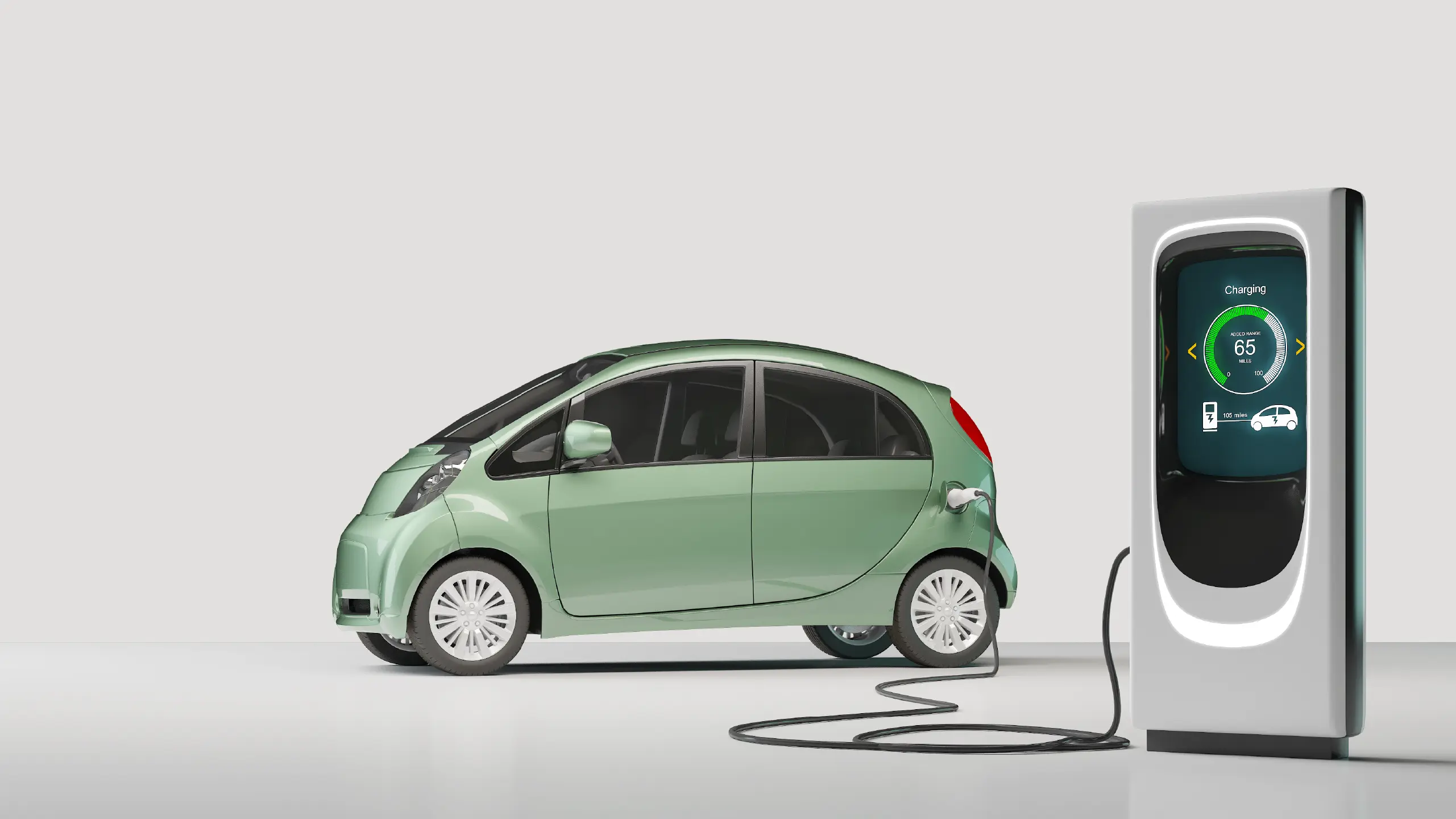
Battery Tech Breakthroughs: How Emerging Chemistry Is Redefining the Auto Market
There’s a quiet revolution reshaping the global auto market, and it’s happening at the molecular level. The chemistry inside electric vehicle batteries, long considered a technical footnote, now determines who leads and who falls behind. As of mid-2025, battery innovation is no longer about incremental efficiency. It represents strategic shifts that redefine mobility, manufacturing, and investment.
Until recently, the battery market was dominated by nickel-cobalt-manganese (NCM) cathodes. These offered high energy density and long range but came at considerable financial, ethical, and geopolitical cost. Cobalt, sourced primarily from the Democratic Republic of Congo, continues to draw scrutiny. That concern is fueling a pivot toward chemistries that promise better economics and lower risk.
One major shift centers on lithium-iron-phosphate (LFP) batteries. Once considered a second-tier option, LFP has surged as the mainstream choice for mass-market EVs. According to the International Energy Agency, LFP supplied over 40% of global EV battery capacity in 2023 and surpassed 50% share in 2024. Benchmark Mineral Intelligence reported that by early 2025, LFP had captured 56% of all cathode production. Tesla, Ford, and Rivian now offer LFP-equipped models, while BYD’s Blade battery continues to dominate both the Chinese and global EV markets.
More transformative is the rise of solid-state batteries. These replace liquid electrolytes with solid materials, enhancing safety, energy density, and longevity. Toyota leads the field with plans to commercialize solid-state cells by 2027, supported by over 8,000 patents filed between 2020 and 2023. Idemitsu Kosan is building a lithium sulfide plant in Japan to meet Toyota’s anticipated demand. Honda is investing over $300 million into its solid-state development, aiming to double EV driving range by the end of the decade. While scale and cost remain challenges, commercial prototypes are advancing rapidly.
An emerging wild card is sodium-ion chemistry. Sodium offers a cheap, abundant alternative to lithium, albeit with lower energy density. CATL launched its first sodium-ion battery in 2023, and several Chinese automakers plan to integrate it into budget EVs and two-wheelers. For emerging markets where cost and supply chain independence matter more than range, sodium-ion presents a viable path forward.
Why does this matter? Because battery chemistry is no longer just an engineering detail, it’s a strategic decision. Automakers are redesigning vehicle platforms to accommodate multiple cell formats and chemistries. Suppliers are vertically integrating to secure mineral inputs, from lithium to phosphate to sodium. Governments are aligning industrial policies with chemistry-specific incentives. In the United States, the Inflation Reduction Act ties EV tax credits to domestic sourcing of critical materials. The European Union, meanwhile, is investing heavily in battery recycling and next-generation cell R&D.
The ripple effects go beyond auto manufacturing. Energy storage firms are adopting LFP batteries for grid stabilization. Mining companies are prioritizing lithium and phosphate extraction. Insurance providers are beginning to underwrite battery risk based on chemistry profiles rather than vehicle brand.
For consumers, the payoff is becoming tangible. LFP has pushed EVs to price parity with combustion vehicles in key markets. Solid-state technology promises a higher range and faster charging with fewer safety concerns. Sodium-ion, though still nascent, could unlock EV affordability for billions of people in developing regions. These shifts aren’t theoretical—they are shaping vehicle lineups and policy frameworks now.
So what’s the strategic conclusion? The future of mobility will be determined by material science. In 2025, chemistry is increasingly becoming a core axis of competition. Companies that align their product strategy, supply chains, and investments with emerging battery technologies will define the next generation of market leadership.
At BlackWater Business Consulting, we guide leaders through these material-level shifts. Our work with OEMs, infrastructure players, and energy investors gives us rare insight into how battery chemistry maps to industrial advantage. If you’re positioning your business for the next generation of EV innovation, we’re ready to help illuminate the path forward.



